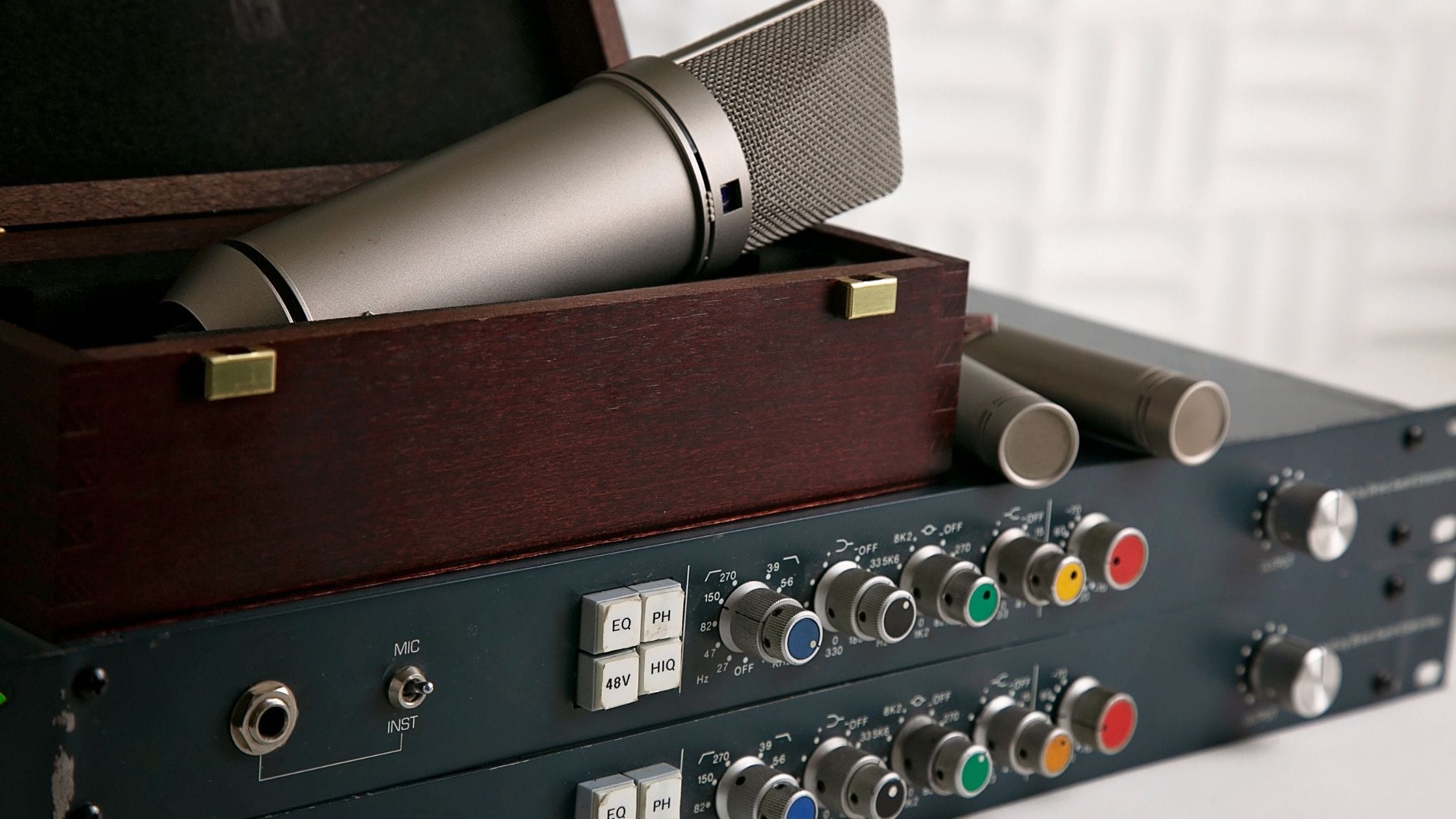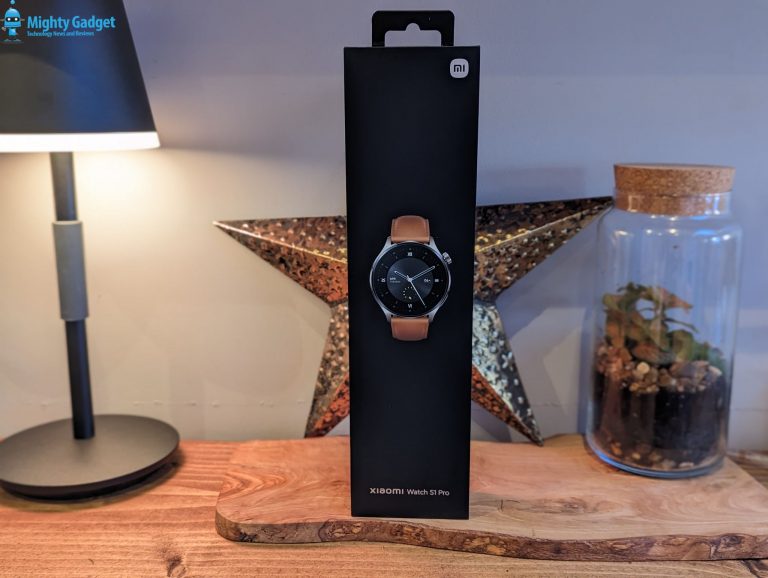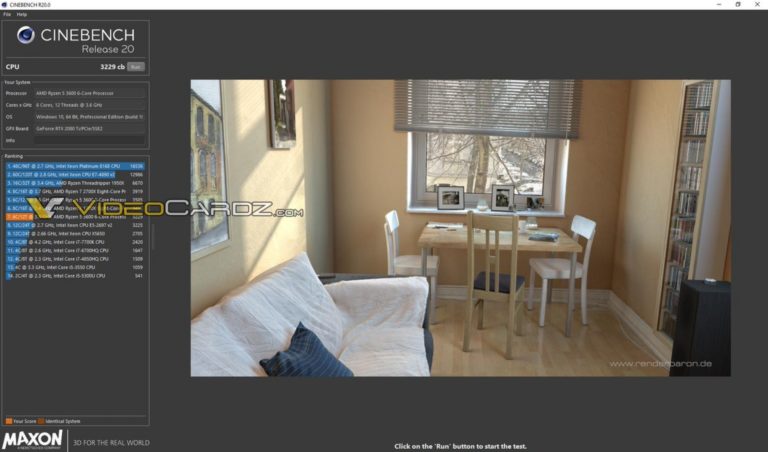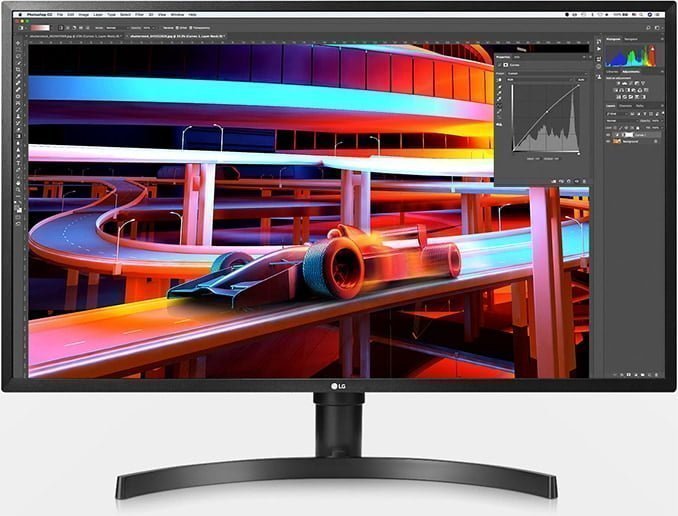Any links to online stores should be assumed to be affiliates. The company or PR agency provides all or most review samples. They have no control over my content, and I provide my honest opinion.
This article was originally published on Make the Sound Better. While I have updated most of the articles that have been transferred over, this article is mostly unedited.
Enhancing Audio Quality with Microphone Preamps
If you’re looking to take your audio recording or live performance to the next level, a microphone preamp may be just what you need. A preamp can help to boost the signal from your microphone, resulting in clearer, more detailed sound. But with so many options on the market, it can be tough to know where to start. In this article, we’ll take a closer look at what microphone preamps are, how they work, and what to consider when choosing one. We’ll also offer tips for using and maintaining your preamp, and highlight some of the top models available.
Introduction to Microphone Preamps
A microphone preamp is a device that amplifies the signal from a microphone, typically to line level, so that it can be recorded or amplified without distortion or noise. Preamps are often used in conjunction with audio interfaces, mixers, or other equipment in order to improve the quality of the signal. Some microphones, especially dynamic ones, may require a preamp to provide enough gain to be heard properly.
Understanding the Role of Microphone Preamps
The role of a preamp is to amplify the signal from a microphone to a level that can be recorded, mixed, or amplified. Microphones produce a very low-level signal that can be easily overwhelmed by noise or other interference. A preamp boosts this signal to a level that can be handled by other equipment, such as an audio interface or mixer. In addition to providing gain, preamps can also shape the sound of a microphone, adding warmth, clarity, or other desirable qualities.
Benefits of Using Microphone Preamps
Using a microphone preamp can offer several benefits. First and foremost, a preamp can help to improve the quality of your recordings or live performances by boosting the signal from your microphone. This can result in clearer, more detailed sound that is free from noise and distortion. Additionally, preamps can help to shape the sound of your microphone, adding warmth or clarity depending on the model. Finally, using a preamp can help to extend the life of your microphone by ensuring that it is not subjected to undue stress or strain.
Types of Microphone Preamps Available
There are several types of microphone preamps available, each with its own strengths and weaknesses. Some of the most common types include:
- Solid-state preamps: These preamps use transistors or op-amps to amplify the signal from a microphone. They are typically less expensive and more reliable than tube preamps, but may not offer the same warmth or character.
- Tube preamps: These preamps use vacuum tubes to amplify the signal from a microphone. They are known for their warm, musical sound, but can be more expensive and require more maintenance than solid-state preamps.
- Hybrid preamps: These preamps combine solid-state and tube technologies to offer a balance of warmth and reliability.
- Digital preamps: These preamps use digital circuitry to amplify the signal from a microphone. They offer a high degree of accuracy and control, but may not offer the same warmth or character as analog preamps.
Factors to Consider When Choosing a Preamp
When choosing a microphone preamp, there are several factors to consider, including:
- Type of microphone: Different microphones require different levels of gain and impedance matching. Make sure the preamp you choose is compatible with your microphone.
- Budget: Preamps range in price from a few hundred to several thousand dollars. Consider your budget when choosing a preamp.
- Features: Some preamps offer additional features, such as EQ or compression. Consider your needs when choosing a preamp.
- Brand and reputation: Consider the reputation of the manufacturer and read reviews from other users before making a purchase.
How to Connect a Microphone Preamp to Your Setup
Connecting a microphone preamp to your setup is typically straightforward. Most preamps have XLR inputs and outputs, which can be connected directly to your microphone and audio interface or mixer. Make sure to follow the manufacturer’s instructions for optimal performance and safety.
Tips for Using a Microphone Preamp
Here are a few tips for getting the most out of your microphone preamp:
- Use high-quality cables: High-quality cables can help to minimize noise and interference.
- Experiment with gain levels: Different microphones and sources may require different levels of gain. Experiment with different levels to find the sweet spot.
- Use the right input impedance: Some preamps offer adjustable input impedance, which can help to match the impedance of your microphone for optimal performance.
- Use EQ sparingly: While some preamps offer built-in EQ, it’s generally best to use EQ sparingly and make adjustments in post-production if necessary.
Common Issues with Microphone Preamps and How to Solve Them
Some common issues with microphone preamps include noise, distortion, and inconsistent performance. Here are a few tips for troubleshooting these issues:
- Check your cables: Make sure your cables are high-quality and properly connected.
- Adjust gain levels: Experiment with different gain levels to find the sweet spot.
- Check your power source: Some preamps may require external power, while others may be powered by your audio interface or mixer.
- Check your microphone: If you’re experiencing inconsistent performance, make sure your microphone is in good condition and properly positioned.
Best Practices for Maintaining Your Microphone Preamp
To keep your microphone preamp in top condition, it’s important to follow these best practices:
- Keep it clean: Dust and debris can build up inside your preamp and affect performance. Use a soft cloth or brush to keep your preamp clean.
- Store it properly: When not in use, store your preamp in a cool, dry place away from dust and debris.
- Service it regularly: Depending on the model, your preamp may require periodic maintenance or repair. Follow the manufacturer’s recommendations for optimal performance.
Top Microphone Preamps on the Market
Some of the top microphone preamps on the market include:
- Universal Audio 610-B: This tube preamp is known for its warm, musical sound and versatile EQ.
- API 512c: This solid-state preamp offers a clean, transparent sound and high headroom.
- Focusrite ISA One: This solid-state preamp offers a clean, transparent sound, switchable impedance, and optional digital output.
- Avalon VT-737SP: This tube preamp offers a warm, musical sound, built-in EQ and compression, and high headroom.
How to Choose the Right Microphone Preamp for Your Needs
To choose the right microphone preamp for your needs, consider the factors listed above, such as type of microphone, budget, and features. Additionally, consider your specific recording or performance needs and read reviews from other users to get a sense of the performance and reliability of different models.
Conclusion: Improving Audio Quality with Microphone Preamps
A microphone preamp can be an invaluable tool for improving the quality of your audio recordings or live performances. By amplifying the signal from your microphone and shaping its sound, a preamp can help you achieve a clearer, more detailed sound that is free from noise and distortion. By following the tips and best practices outlined in this article, you can get the most out of your preamp and take your audio to the next level.
I am James, a UK-based tech enthusiast and the Editor and Owner of Mighty Gadget, which I’ve proudly run since 2007. Passionate about all things technology, my expertise spans from computers and networking to mobile, wearables, and smart home devices.
As a fitness fanatic who loves running and cycling, I also have a keen interest in fitness-related technology, and I take every opportunity to cover this niche on my blog. My diverse interests allow me to bring a unique perspective to tech blogging, merging lifestyle, fitness, and the latest tech trends.
In my academic pursuits, I earned a BSc in Information Systems Design from UCLAN, before advancing my learning with a Master’s Degree in Computing. This advanced study also included Cisco CCNA accreditation, further demonstrating my commitment to understanding and staying ahead of the technology curve.
I’m proud to share that Vuelio has consistently ranked Mighty Gadget as one of the top technology blogs in the UK. With my dedication to technology and drive to share my insights, I aim to continue providing my readers with engaging and informative content.







